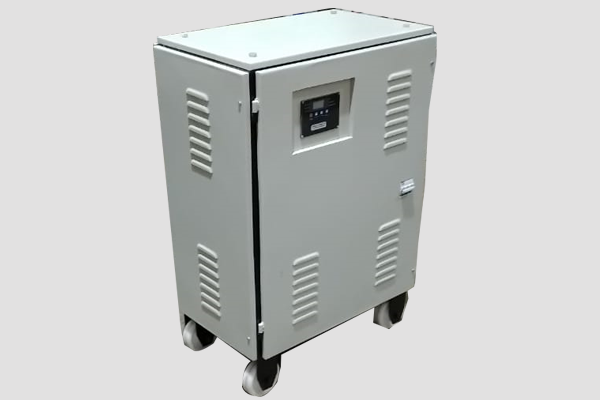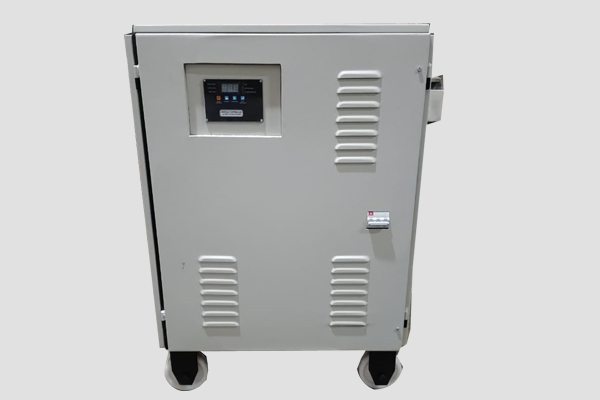Step up Transformer Manufacturer & Supplier


Introduction
Binary Engineering and Services stands at the forefront of electrical engineering solutions, offering a comprehensive range of Step-Up Transformers designed for efficient power conversion. Our transformers are engineered to enhance low-voltage power up to 415V required for various industrial, commercial, and utility applications, ensuring operational efficiency and safety.
Working Principle
The Step-Up Transformer operates on the fundamental principle of electromagnetic induction. It converts low-voltage, high-current power from the primary coil into high-voltage, low-current power in the secondary coil. This transformation is facilitated by the difference in the number of windings between the two coils, adhering to the transformer ratio, and ensuring that power (measured in watts) remains constant.
Technical Specifications
Binary Engineering and Services’ Step-Up Transformers is characterized by:
• Input Voltage: Customizable to accept low-voltage inputs below 415V.
• Output Voltage: Efficiently increases voltage to meet specific application requirements.
• Power Range : 5 kVA to 500 kVA
• Construction: Robust build with high-quality insulation materials.
• Efficiency: Optimized for maximum energy efficiency with minimal losses.
• Standards Compliance: Meets global electrical standards for safety and performance.
Why Choose Binary Engineering and Services
Binary Engineering and Services is your go-to source for Step Up Transformers due to:• Custom Solutions: Tailor-made transformers to fit specific operational needs.
• Quality Commitment: Strict adherence to quality control for reliable and long-lasting performance.
• Technical Expertise: Backed by years of industry knowledge and a team of experts.
• Customer Support: Exceptional pre-sales and after-sales support.
Applications across Various Industries,
Our Step-Up Transformers finds application in diverse sectors, including:• Renewable Energy: Increasing voltage levels for efficient transmission from renewable sources.
• nufacturing: Powering heavy machinery that requires higher voltage levels.
• Utilities: Facilitating the efficient distribution of electricity across vast networks.
• Telecommunications: Supporting infrastructure with reliable power conversion.
Benefits
• Enhanced Safety: Ensures the safe conversion of electrical power.
• Energy Efficiency: Reduces energy losses and operational costs.
• Reliability: Provides a stable and reliable power supply for critical operations.
• Durability: Designed for longevity, even in demanding environments.
Binary Engineering and Services’ Step Up Transformers embody cutting-edge technology, superior craftsmanship, and unmatched reliability, making them an indispensable asset for businesses requiring efficient voltage conversion. By choosing Binary Engineering and Services, you invest in a solution that promises not just to meet, but exceed your electrical power transformation needs, ensuring your operations are powered safely, efficiently, and sustainably.
We also Repair, Upgrade & Offer AMC for Existing APFC Panels, Voltage Controllers & Stabilizer.
Widely Accepted and Recommended by Electrical Contractors and Consultants.



